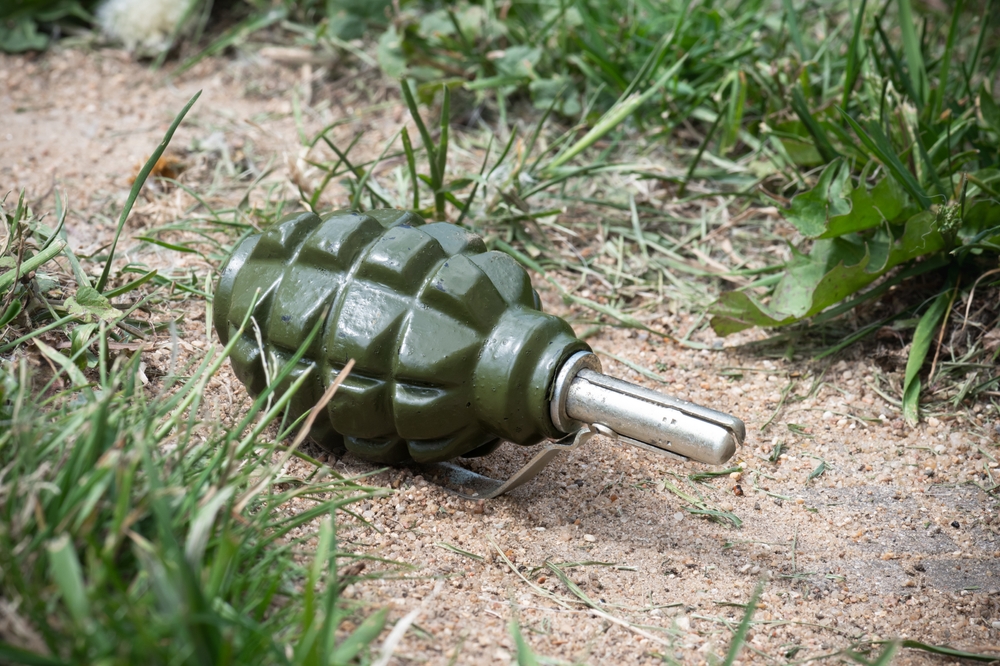Russian soldiers are known to adopt stray cats as mascots for their units.
Others are reading now
The war in Ukraine continues to be a grim reminder of how conflict pushes human ingenuity to its extremes.
As the battle evolves, both sides adapt with unconventional strategies that challenge traditional military tactics.
Reports of unusual and improvised weapons have emerged, illustrating the lengths to which forces will go to gain an advantage in this brutal conflict.
One of the most peculiar accounts involves “meowing traps” allegedly deployed by Ukrainian forces.
Also read
Used to Adopt Stray Cats
According to Russian soldiers, these traps are improvised explosive devices rigged to lure their targets.
They are said to be concealed in objects like bedside tables, equipped with speakers playing the sound of a cat meowing.
The intent is to attract soldiers who, hearing the sound, might investigate in an effort to rescue a presumed animal, according to WP.
Cats hold a special place in this conflict. Both Ukrainian and Russian soldiers are known to adopt stray cats as mascots for their units.
These animals provide a sense of comfort in an otherwise harrowing environment and are also valued for their ability to keep trenches free of pests.
This emotional bond may make the “meowing traps” even more effective as a psychological ploy.
Booby traps are not new to warfare, but their use raises serious ethical concerns.
Both Russia and Ukraine have been accused of using them in ways that violate international conventions.
For instance, Russia has been accused of planting mines disguised as toys or household items during retreats, actions that target civilians and defy the laws of war.
International treaties, such as the 1996 Second Protocol to the Convention on Certain Conventional Weapons, prohibit traps disguised as civilian objects.
Both Ukraine and Russia are bound by these rules, but adherence during wartime often becomes tenuous.
While the use of traps with sound lures might seem like a minor tactic, it points to a broader reality: the war is fought not only with firepower but also with strategies designed to exploit human behavior.
The psychological toll these tactics take on soldiers and civilians alike serves as a harsh reminder of the complex nature of modern warfare.

